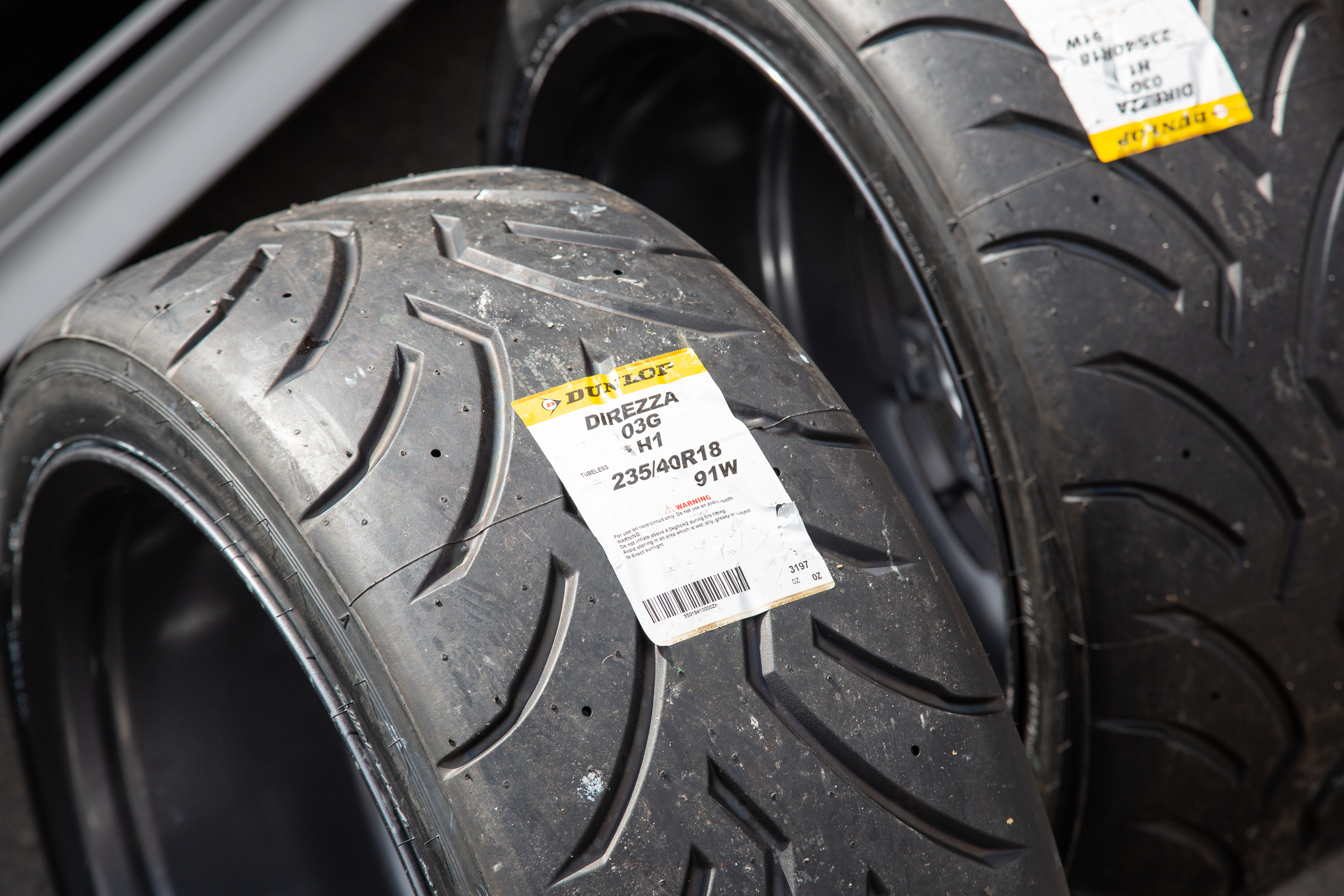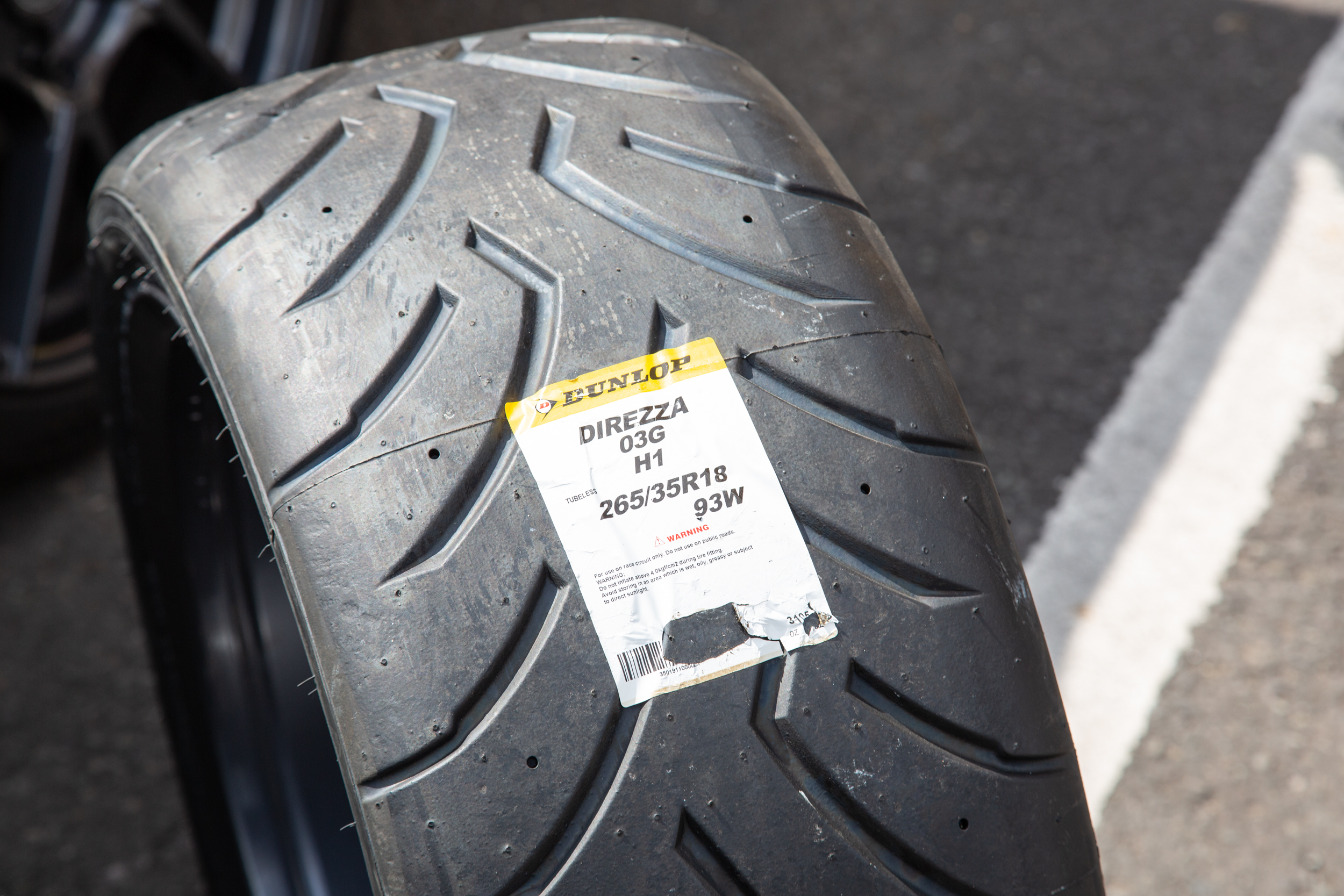All Categories
Featured
Table of Contents
I had the ability to obtain 100 hours out of one of these tires, and while it had absolutely no tire lugs left on it, the soft substance made it function extremely wellas long as I was using a soft mousse. Kitt Stringer image Easy placing - 3Wear - 3Sidewall toughness - 3Performance on roots - 4Performance on damp rocks - 2Traction on dust - 5Cornering ability - 4Traction while stopping - 4Self-clearing of dust and mud - 3Performance in mud - 3Overall predictability or monitoring - 3 _ 37 Verdict: This is an excellent well-rounded tire with good value for money.

The wear was regular and I like how long it lasted and just how consistent the feeling was during usage. This would also be a good tire for faster races as the lug dimension and spacing bit in well on quick terrain. Kitt Stringer photo Easy placing - 3Wear - 3Sidewall stamina - 3Performance on roots - 4Performance on wet rocks - 4Traction on dirt - 4Cornering capability - 4Traction while braking - 5Self-clearing of dirt and mud - 4Performance in mud - 4Overall predictability or tracking - 4_42 Verdict: I liked this tire a lot.
If I needed to acquire a tire for difficult enduro, this would be in my leading option. Easy installing - 3Wear - 3Sidewall strength - 3Performance on roots - 4Performance on damp rocks - 3Traction on dust - 4Cornering ability - 3Traction while braking - 3Self-clearing of dirt and mud - 4Performance in mud - 4Overall predictability or tracking - 3 _ 34 Conclusion: This tire was really soft and flexible.
All the gummy tires I examined executed rather close for the initial 10 hours or so, with the winners mosting likely to the softer tires that had far better grip on rocks (Tyre balancing). Buying a gummy tire will definitely give you a solid advantage over a normal soft compound tire, yet you do spend for that benefit with quicker wear
Affordable Car Tyres Near Me
This is an ideal tire for spring and fall problems where the dirt is soft with some moisture still in it. These tried and tested race tires are excellent all about, yet put on swiftly.
My total winner for a difficult enduro tire. If I needed to invest cash on a tire for daily training and riding, I would select this set.
Trusted Wheel Alignment Services
I have actually been running a set of Michelin Power Pilot 2CT's on my track Daytona 675 for the past year. In that time I have actually done 15 track days in all climates from chilly wet to very warm and these tyres have actually never missed out on a beat. Tyre and wheel services. I have actually done nearly 2,000 miles (3,200 km) on them and as you can see from this shot of the front taken after initial session of my 15th track day on them, they still have rather a whole lot of rubber left on them
Basically the 2CT is an impressive track day tyre. If you're the sort of biker that is likely to experience both damp and dry conditions and is starting on track days as I was in 2015, after that I think you'll be hard pushed to find a much better value for cash and proficient tire than the 2CT; a pair of which will certainly establish you back around 185 (US$ 300) in the UK.
Developing a better all round road/track tyre than the 2CT should have been a difficult task for Michelin. The outcome of that initiative is the Michelin Pilot Power 3 which essentially replaces the Pure. Do not perplex this brand-new tyre with the roadway going Pilot Roadway 3 which is not designed for track use (although some cyclists do).
When the Pilot Power 3 released, Michelin suggested it as a 50:50% road: track tyre. All the motorcyclist reports that I've read for the tire rate it as a far better tire than the 2CT in all locations however specifically in the damp.
Reliable High-quality Tyres
Technically there are many differences in between the two tires also though both utilize a dual compound. Visually you can see that the 2CT has less grooves cut right into the tyre yet that the grooves go to the edge of the tyre. The Pilot Power 3 has even more grooves for far better water dispersal yet these grooves don't get to the shoulder of the tyre.
One element of the Pilot Power 3 which is different to the 2CT is the new 2CT+ technology which expands the harder middle area under the softer shoulders (on the rear tyre). This should provide a lot more stability and reduce any "wriggle" when speeding up out of edges in spite of the lighter weight and even more flexible nature of this brand-new tyre.

I was slightly uncertain concerning these reduced stress, it transformed out that they were fine and the tires carried out truly well on track, and the rubber looked far better for it at the end of the day. Equally as a point of reference, other (quick team) riders running Metzeler Racetecs were utilizing tyre pressures around 22-24 psi for the rear and 24-27 psi on the front.
Generating a better all rounded road/track tyre than the 2CT have to have been a tough task for Michelin. The outcome of that effort is the Michelin Pilot Power 3 which basically changes the Pure. Do not puzzle this new tire with the road going Pilot Roadway 3 which is not developed for track use (although some cyclists do).
Budget Tyres
They influence massive self-confidence and give impressive grip degrees in either the damp or the dry. When the Pilot Power 3 launched, Michelin suggested it as a 50:50% road: track tire. That message has just recently altered because the tyres are now recommended as 85:15% roadway: track usage rather. All the biker reports that I have actually checked out for the tyre rate it as a much better tyre than the 2CT in all locations however specifically in the wet.

Technically there are several differences between the two tires also though both make use of a double substance. Aesthetically you can see that the 2CT has fewer grooves reduced into the tyre yet that the grooves run to the side of the tyre. The Pilot Power 3 has even more grooves for far better water dispersal yet these grooves do not reach the shoulder of the tire.
One aspect of the Pilot Power 3 which is various to the 2CT is the brand-new 2CT+ technology which extends the harder center section under the softer shoulders (on the rear tyre). This must offer extra security and lower any kind of "wriggle" when speeding up out of corners regardless of the lighter weight and more adaptable nature of this new tyre.
Although I was somewhat suspicious regarding these reduced pressures, it ended up that they were great and the tires carried out truly well on course, and the rubber looked better for it at the end of the day. Simply as a point of referral, various other (fast group) riders running Metzeler Racetecs were making use of tyre stress around 22-24 psi for the rear and 24-27 psi on the front
Latest Posts
Discount Tyres Near Me – Lockridge
Affordable High-quality Tyres Near Me – Bennett Springs WA
Leading Tyre Packages – Embleton 6062 WA